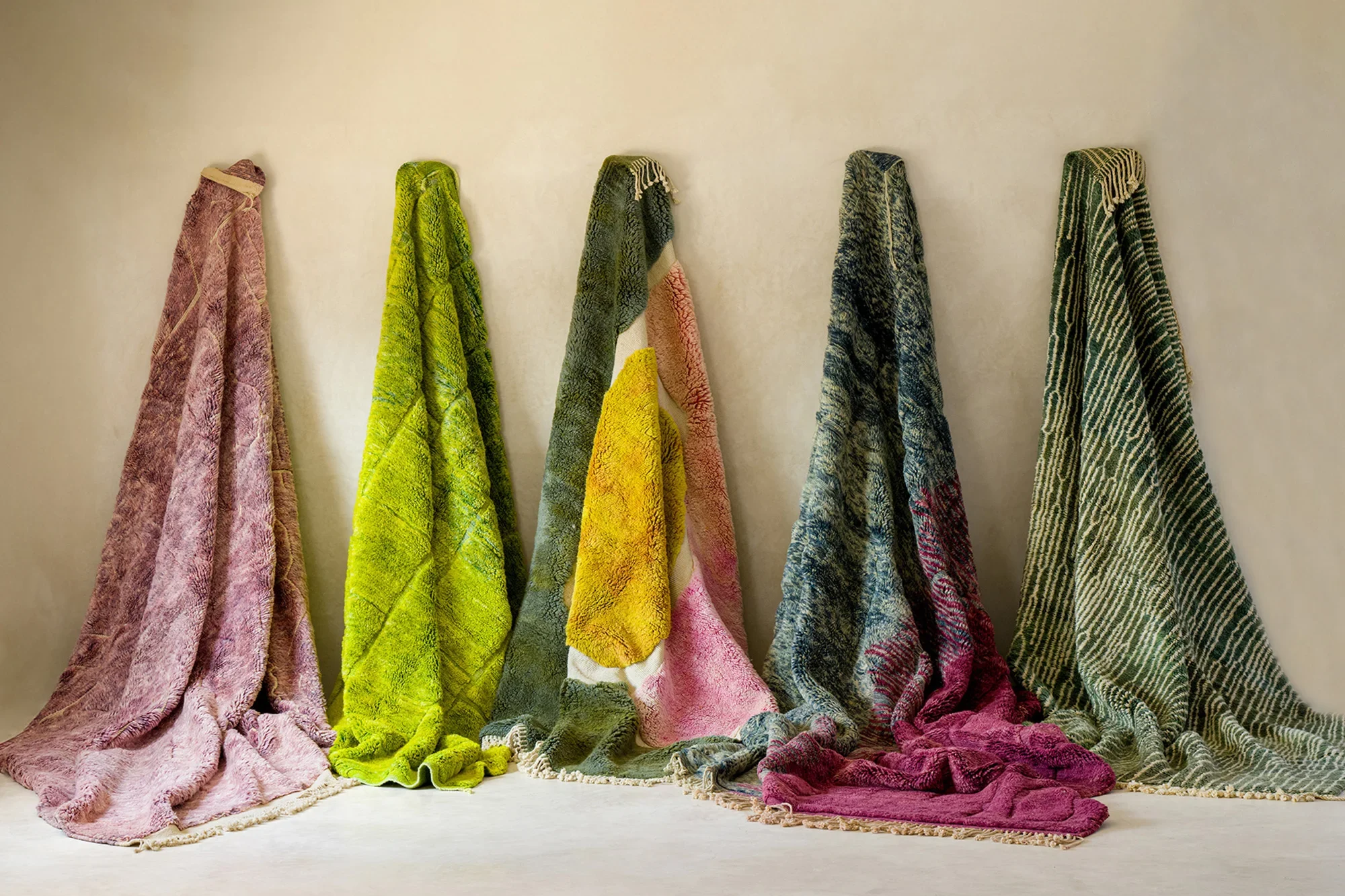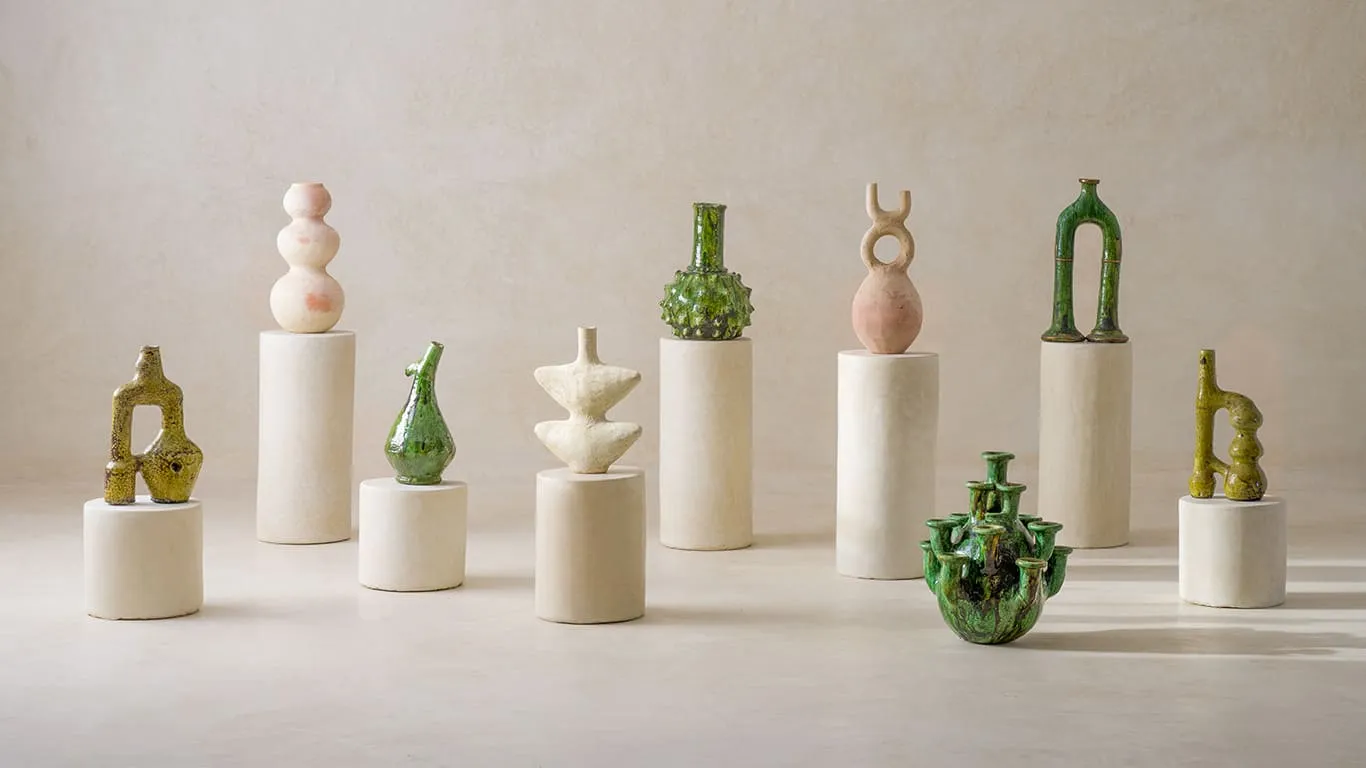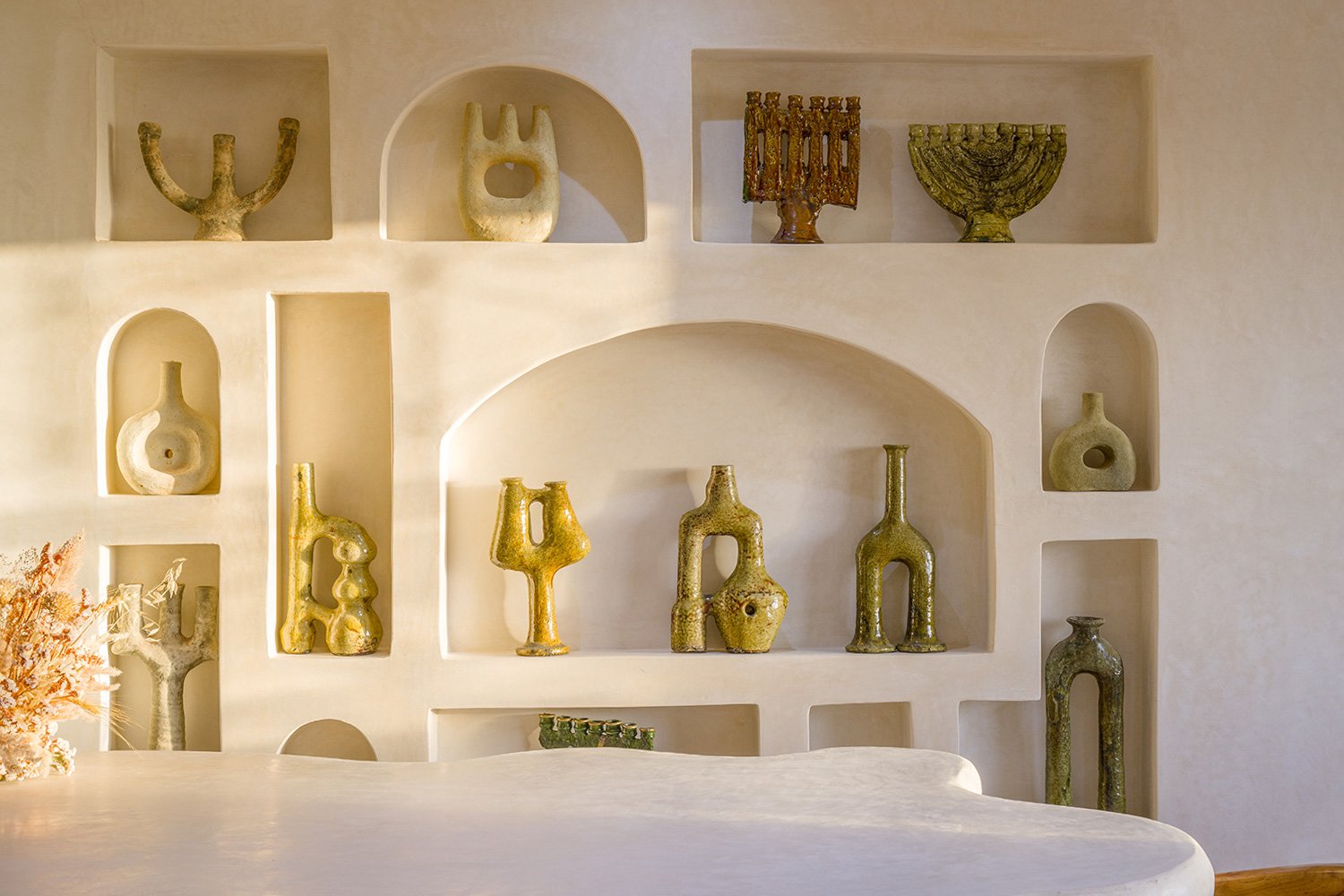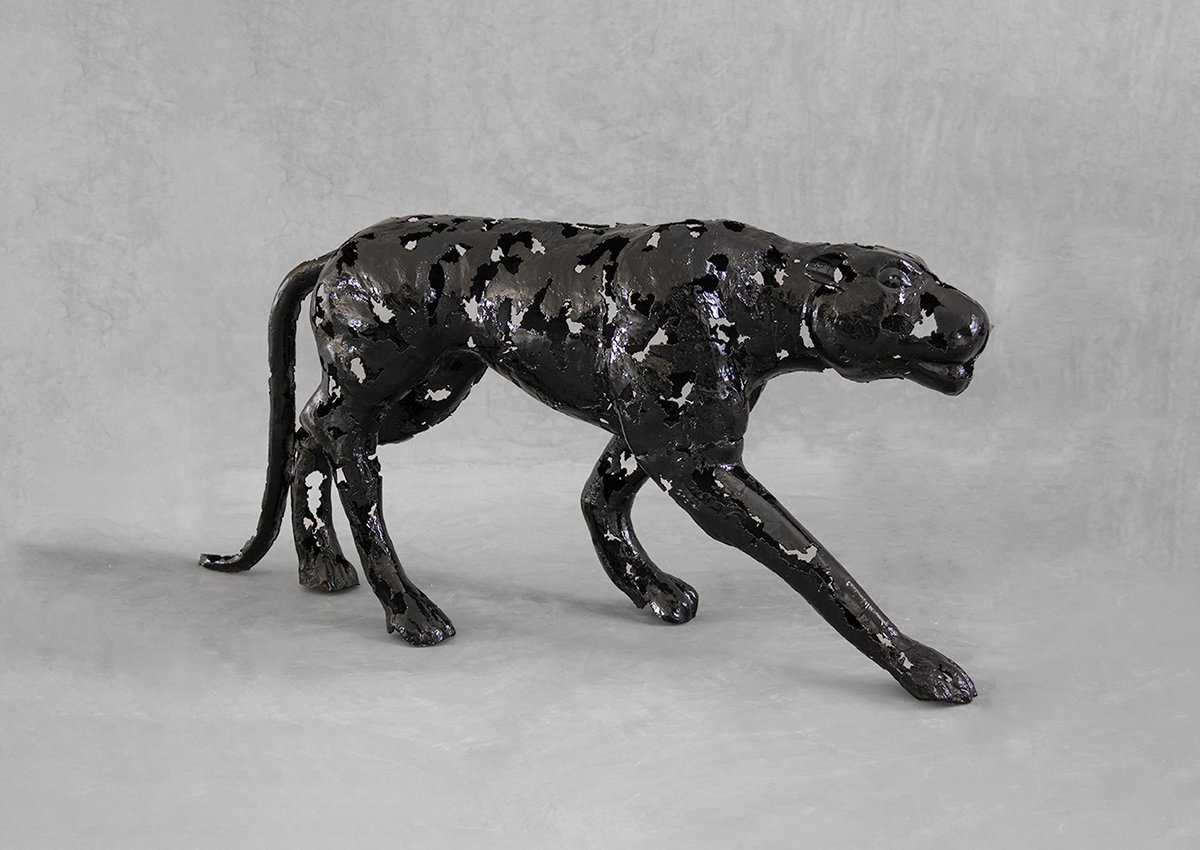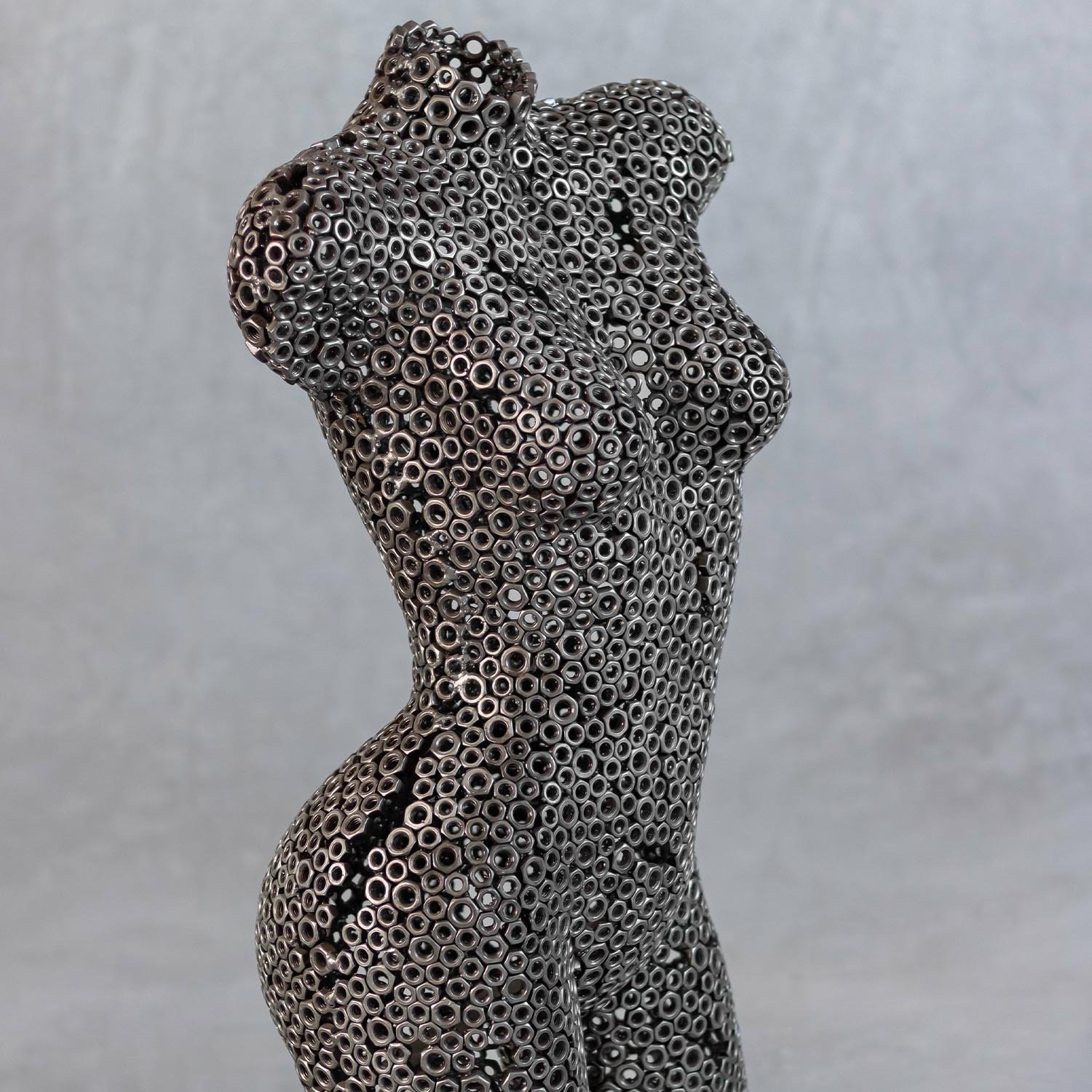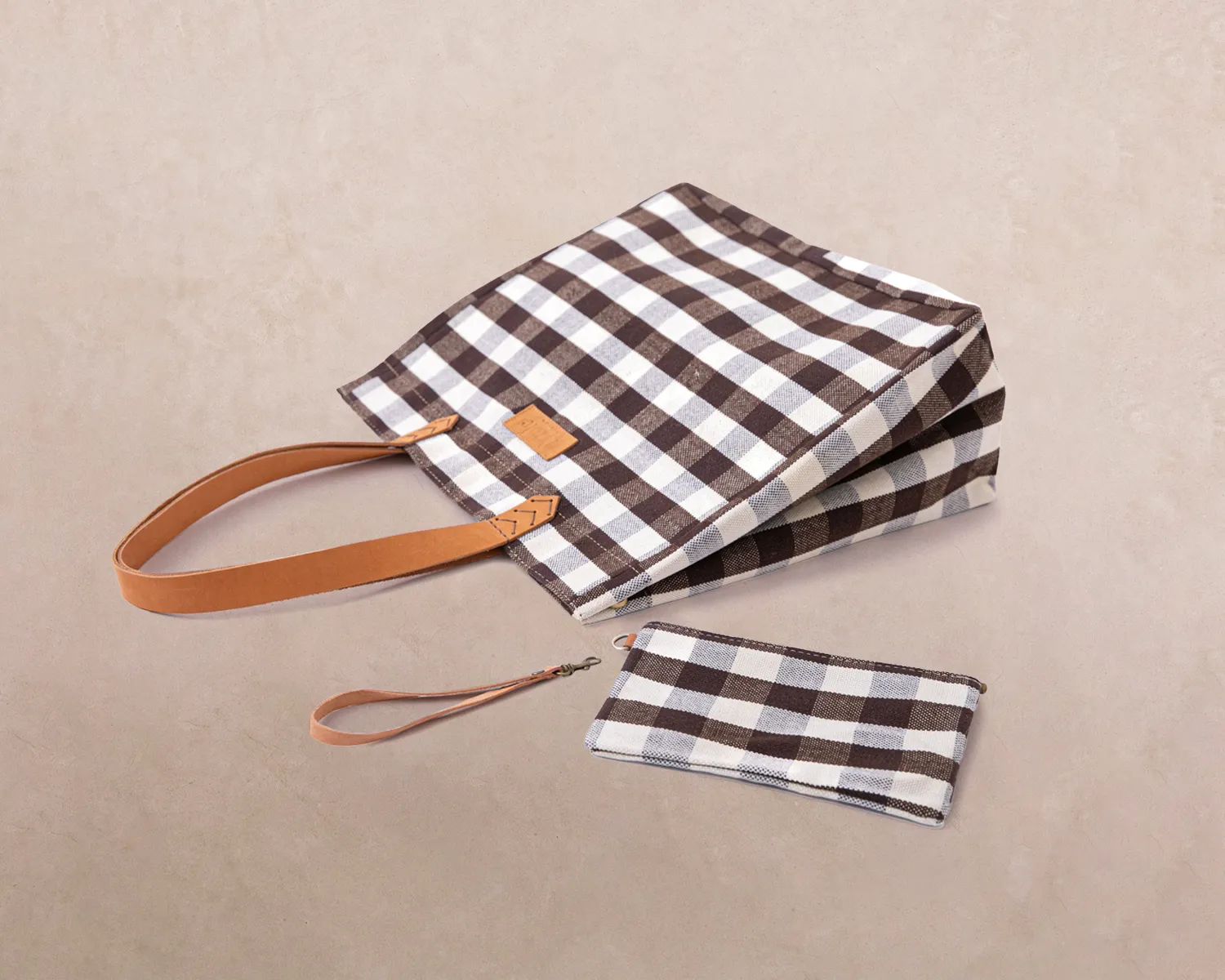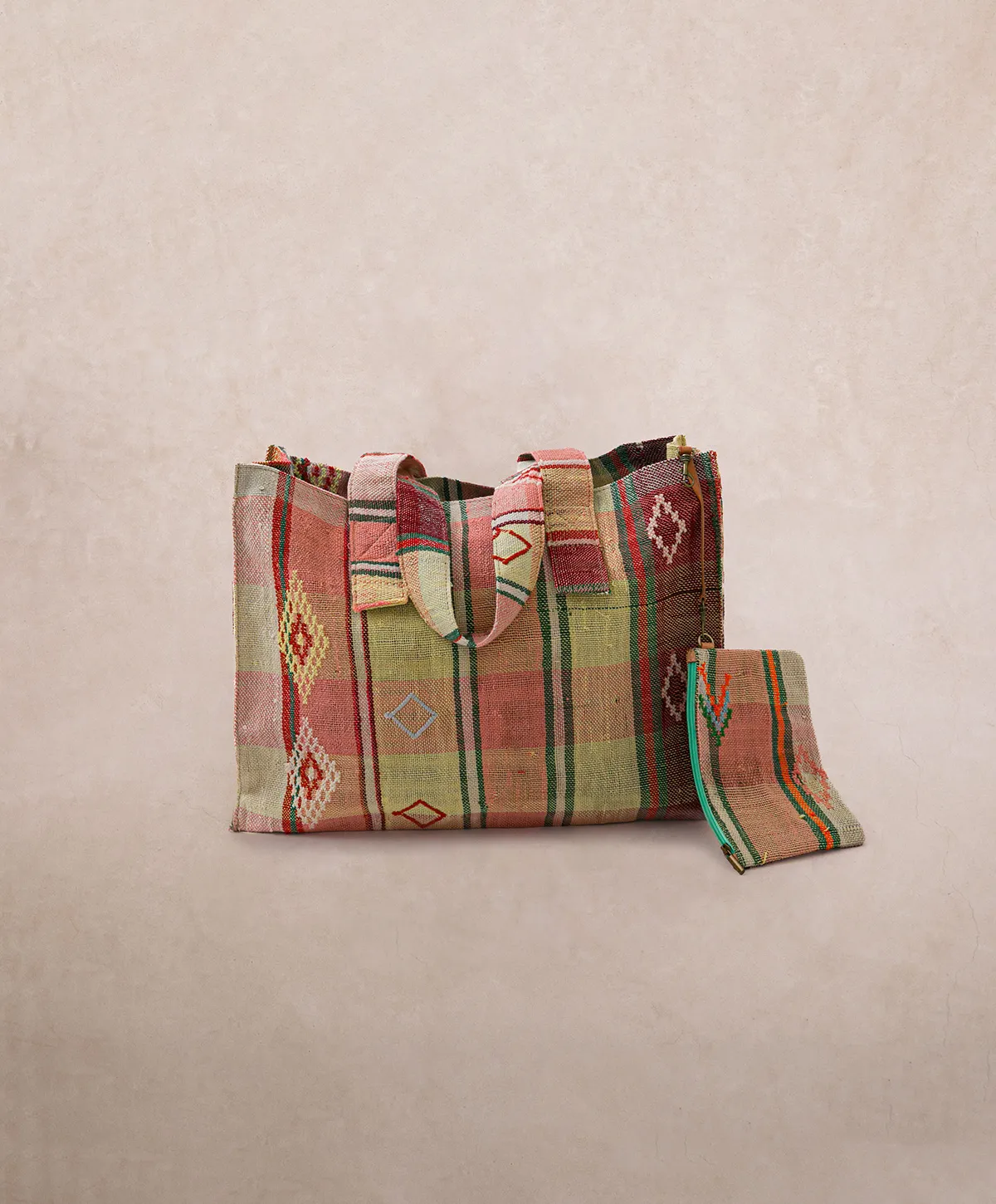Magazine
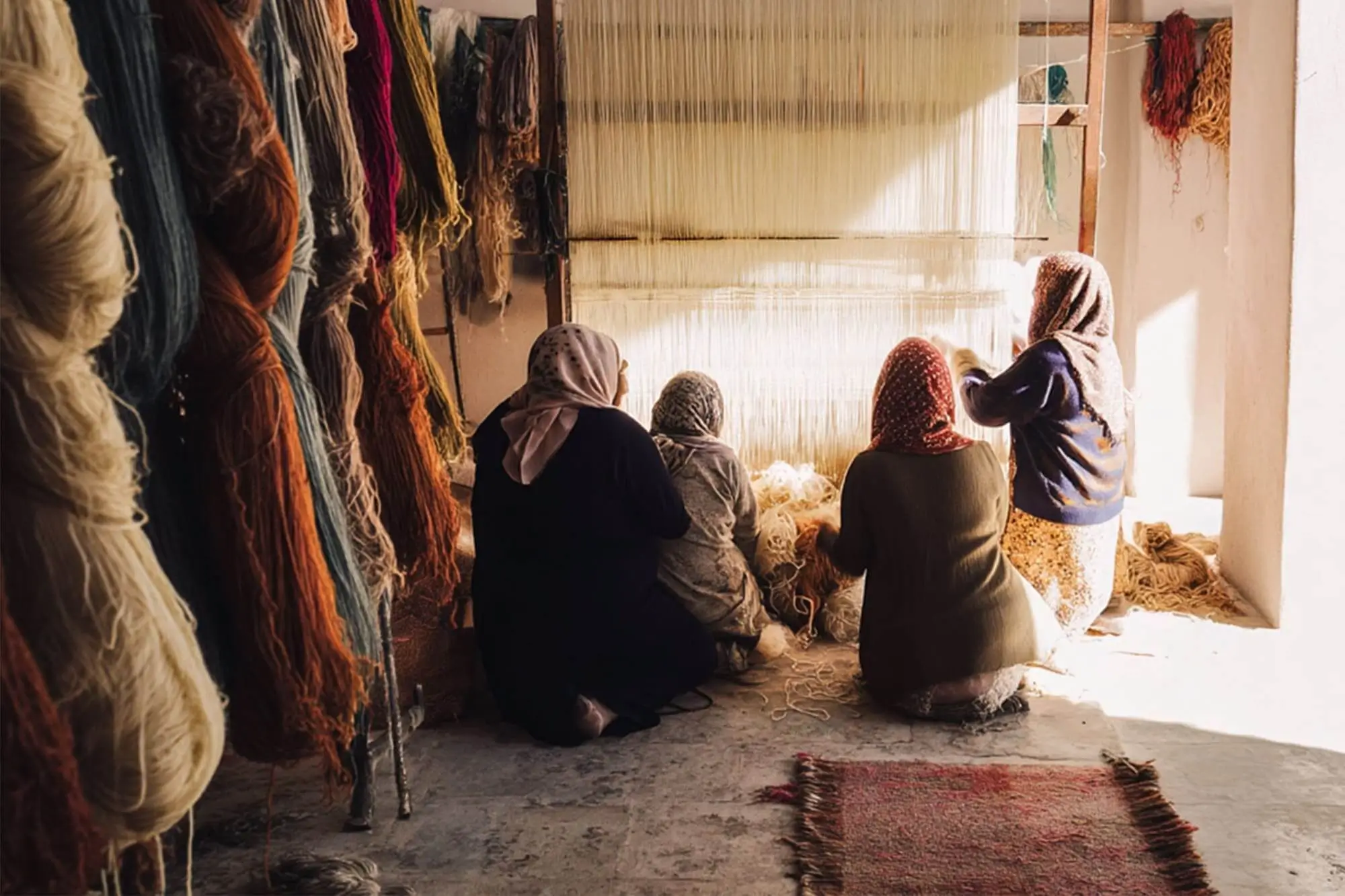
Unraveling The Heritage of Handmade Moroccan Rugs
Last reviewed:
- July 10, 2025
SHARE:
A Journey Through Art, Culture, and Craftsmanship
Step into a world where every thread tells a story and every knot preserves a tradition. The Heritage of Handmade Moroccan Rugs is more than a visual journey—it’s a celebration of ancestral craftsmanship, artistic expression, and timeless design. Moroccan handmade rugs are not mere furnishings; they are living narratives, meticulously woven by women artisans whose knowledge and skill have been passed down through generations across Morocco’s diverse regions. From the snowy peaks of the Atlas Mountains to the arid stretches of the Sahara, each region contributes its own rhythm to a rich and evolving tapestry that continues to inspire designers, collectors, and luxury tastemakers worldwide.
The Cultural Roots of Moroccan Handmade Rugs
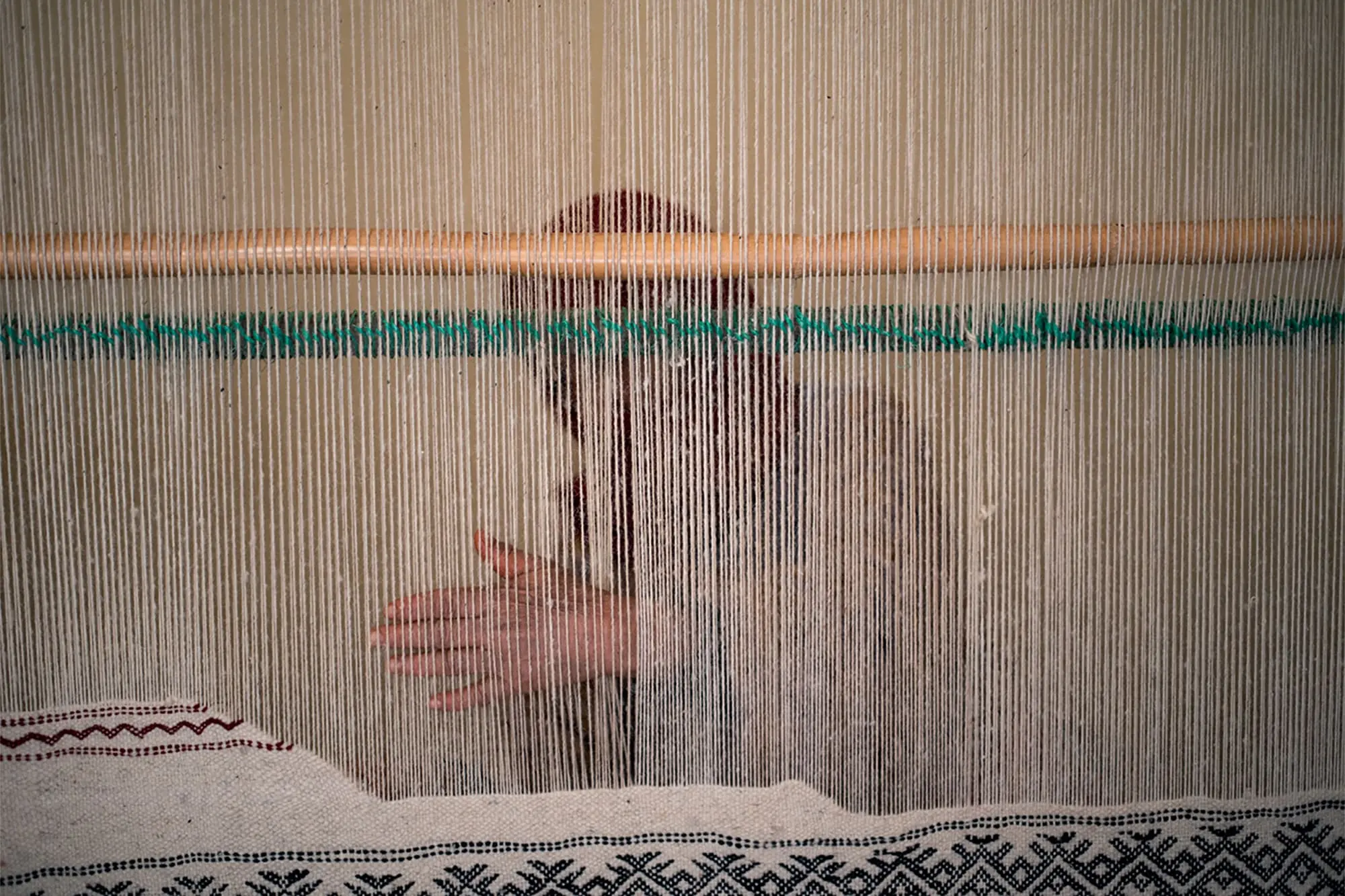
The soul of Moroccan handmade rugs lies deep within Berber culture—an indigenous heritage rich in symbolism, storytelling, and spiritual meaning. Originally woven by the Berber tribes of the Atlas Mountains, these rugs served vital functions: insulating nomadic dwellings, providing warmth, and offering protection from the elements. Beyond practicality, they embodied generations of wisdom through abstract motifs that represented fertility, protection, and nature.
Women, as the primary weavers, infused each rug with personal significance—encoding dreams, memories, and values into every thread. This tradition endures today, as Moroccan weavers continue to employ time-honored techniques that reflect a deep cultural identity. Each piece is shaped not only by hand, but by heart.
Explore the History of Berber Rug Symbols
A Tapestry of Regions: Styles and Signatures
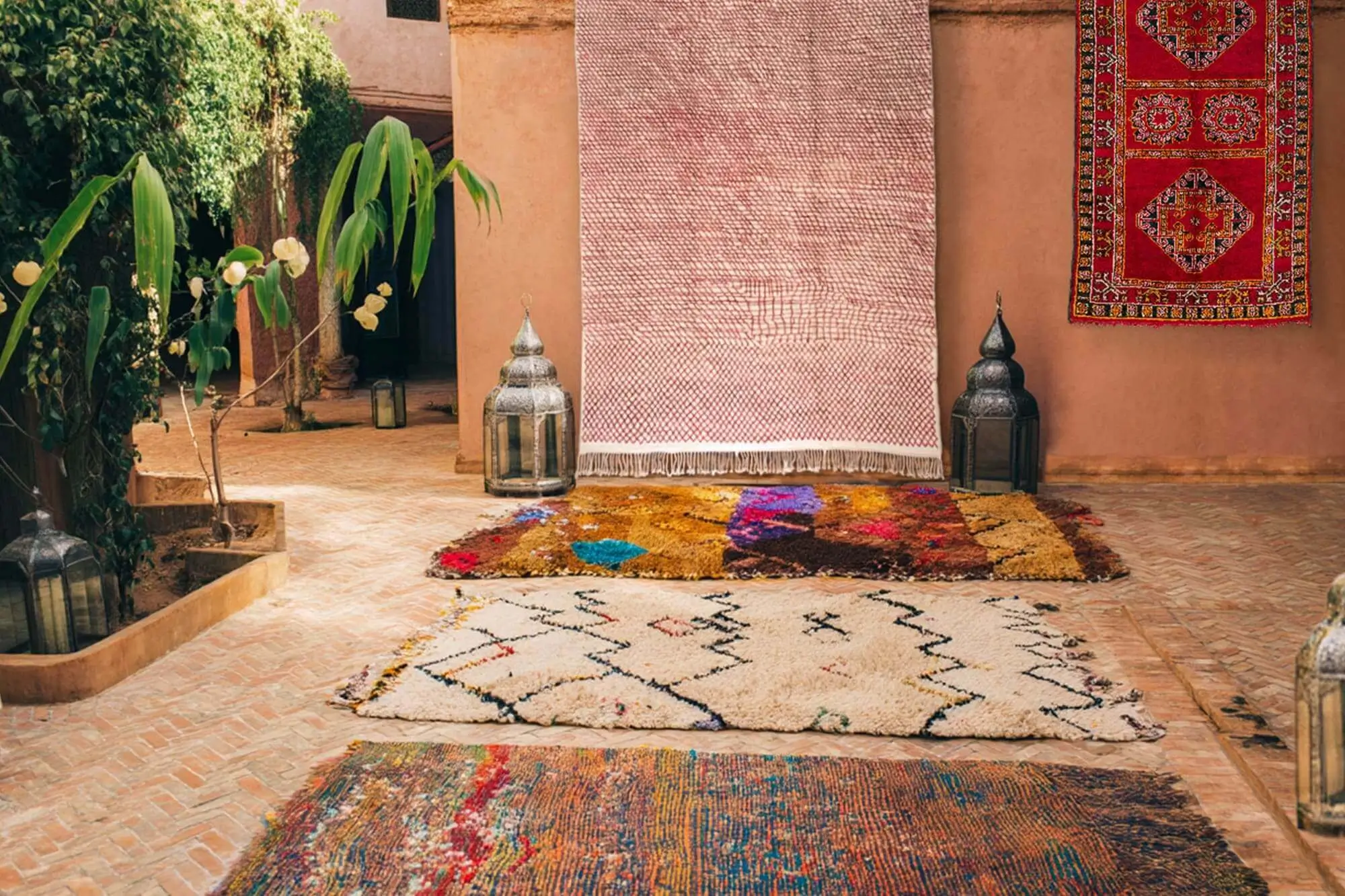
Morocco’s diverse geography has given rise to an extraordinary range of rug styles, each reflecting its local environment and cultural heritage.
- Beni Ourain Rugs: Woven in the Middle Atlas from natural, undyed sheep’s wool, these wool Moroccan rugs feature minimalist black-on-ivory geometric patterns that have become icons of modern design.
- Azilal Rugs: Bright and expressive, these pieces from the High Atlas combine wool and cotton, showcasing colorful freeform patterns with emotional depth.
- Boujad and Rehamna Rugs: Known for their rich reds and symbolic intricacy, these rugs convey strong ties to tribal identity and the landscape.
- Boucherouite Rugs: Created from recycled textiles, these vibrant pieces reflect both sustainable practices and boundless artistic creativity.
- Kilim Rugs: Flat-woven and lightweight, kilims are celebrated for their geometric precision and versatility, ideal for layering or wall-hanging.
- Mrirt Rugs: Densely knotted and sumptuously soft, Mrirt rugs blend contemporary design with ancestral mastery. Woven with care and intention, they carry quiet echoes of ritual, protection, and memory—offering more than comfort, they embody time-honored beauty.
Each of these styles adds a distinct chapter to the story of authentic Moroccan rugs, enriching interiors with history, texture, and a sense of place.
Explore all types of Moroccan handmade rugs and their regional distinctions
The Art of Craftsmanship: From Wool to Wonder
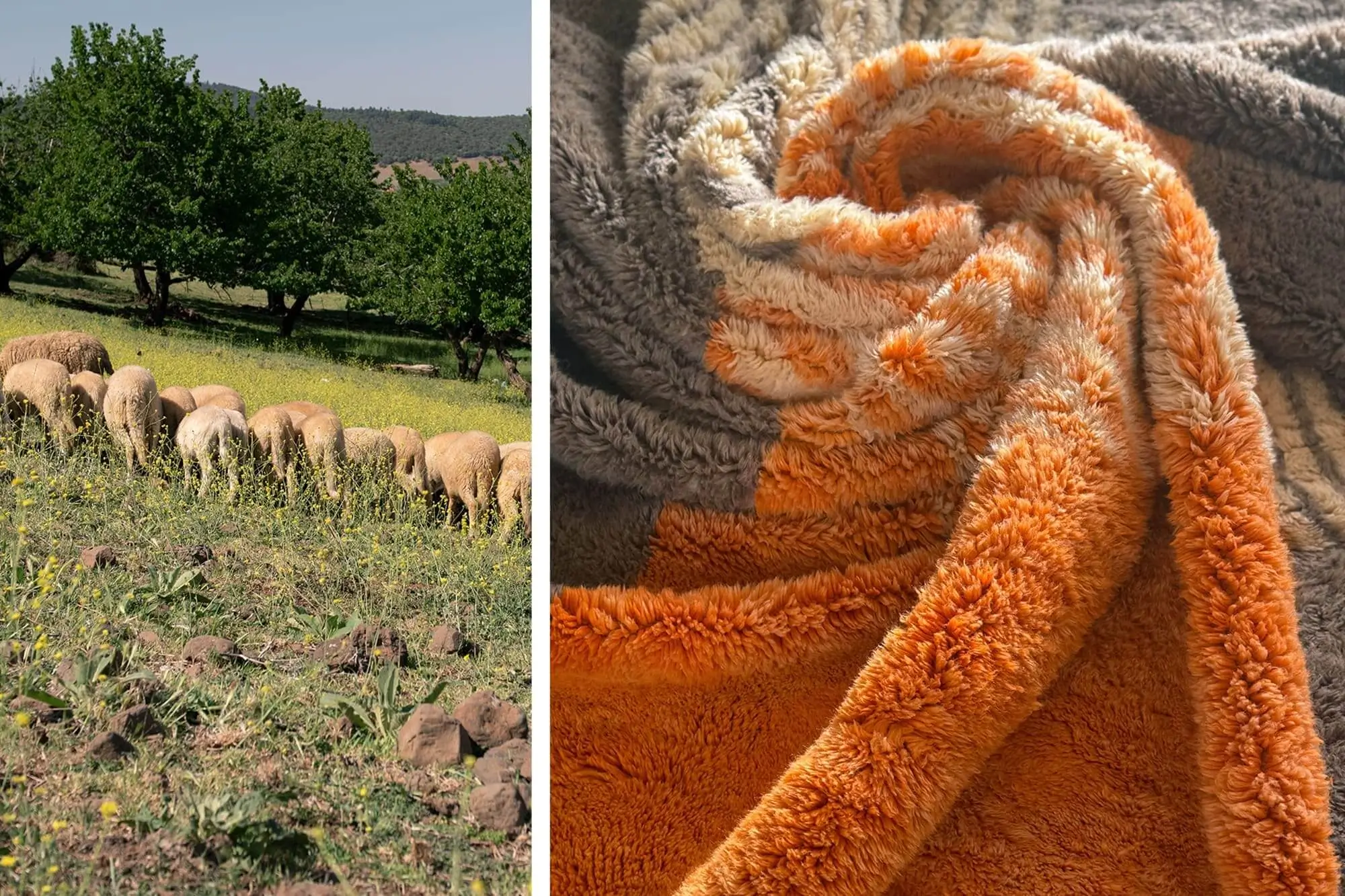
The journey of crafting wool Moroccan rugs begins with responsibly sourced wool, typically sheared by hand and cleaned using traditional methods. Spinning the wool into yarn—often by hand—ensures its natural strength and elasticity are preserved.
Today, most rugs are dyed with chemical pigments, chosen for their color consistency and vibrancy. While this modern approach has replaced natural dyes, the weaving process remains deeply rooted in tradition.
Each rug—whether flat-woven or knotted—is the result of painstaking labor that may take weeks or months to complete. Every knot, every fringe is a tribute to ancestral skill and the enduring spirit of Moroccan artisans.
Explore traditional Moroccan dyeing methods
Storytelling Through Symbolism
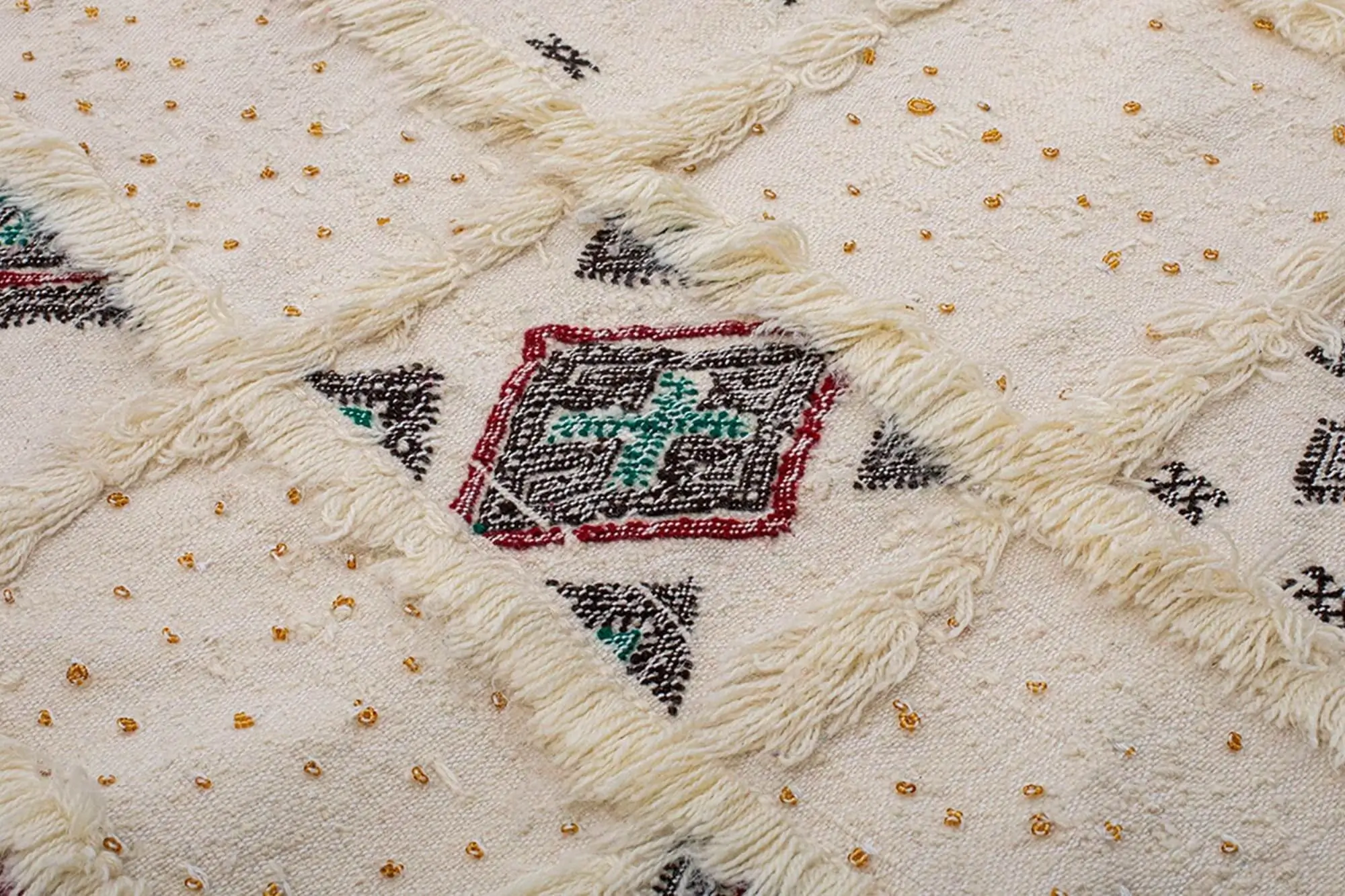
A hallmark of Morocco Berber rugs is their symbolic language—motifs that speak without words. Unlike standardized patterns, these symbols function as visual poems. Diamonds symbolize womanhood and protection; zigzags evoke water and life’s journey; crosses represent spiritual harmony.
These motifs reveal the weaver’s inner world—her beliefs, hopes, and lived experiences. They are often considered talismans, offering protection and positive energy.
To own an authentic Moroccan rug is to embrace a story—a unique expression of culture rendered in wool and meaning.
Decode the hidden meanings in Moroccan rug patterns
Design Meets Heritage: The Modern Appeal
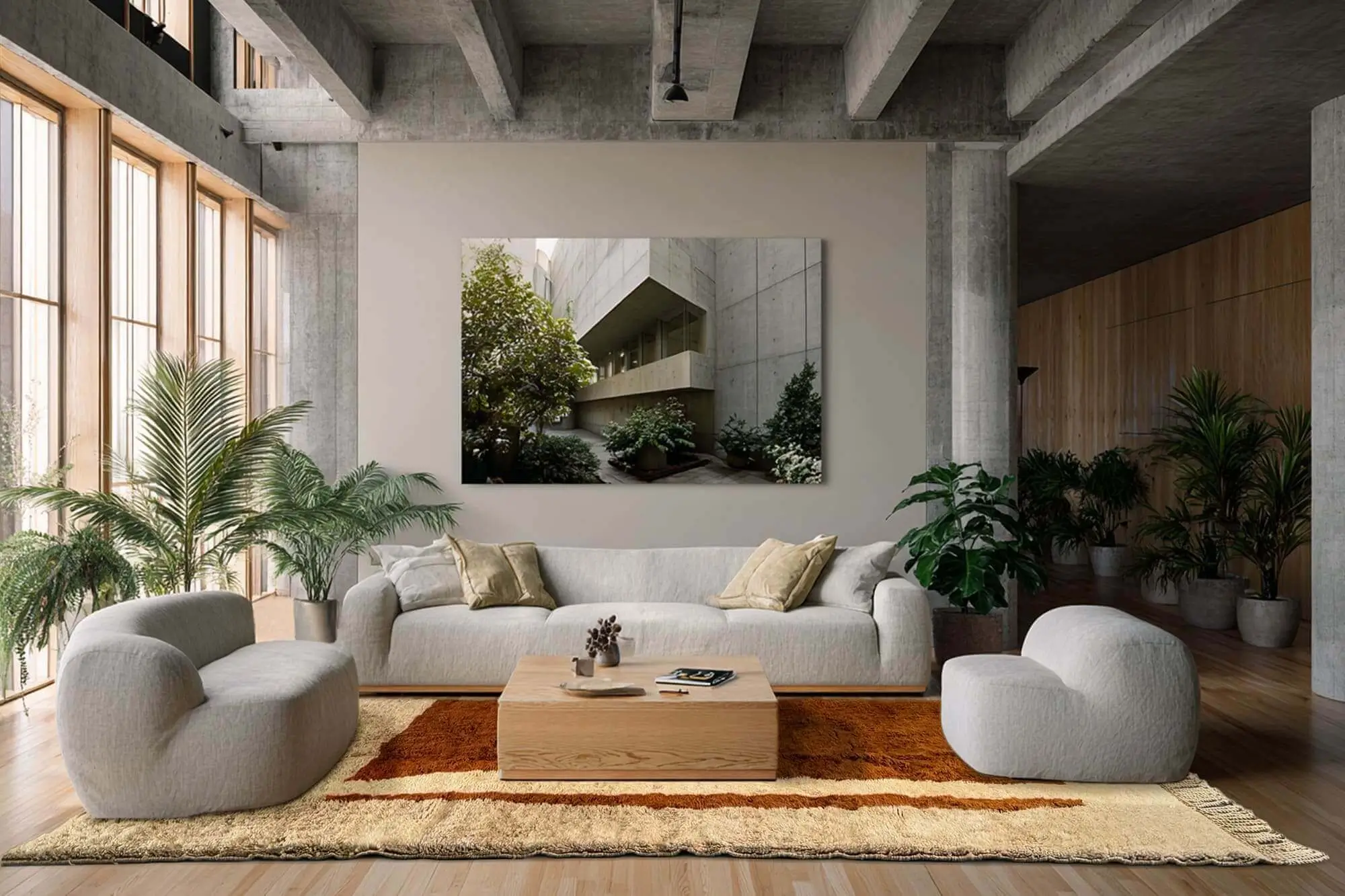
The enduring beauty of Morocco Berber rugs lies in their adaptability. Whether placed in a contemporary loft, a relaxed bohemian studio, or an elegant boutique hotel, these rugs bring grounded warmth and soulful character to any space.
Designers love their ability to connect past and present—ancient symbols paired with modern sensibility. Their handwoven charm, organic imperfections, and tactile depth offer something that no machine-made piece ever could.
See how designers style Berber rugs in contemporary spaces
Ethical Choices: Supporting Artisans and Sustainability
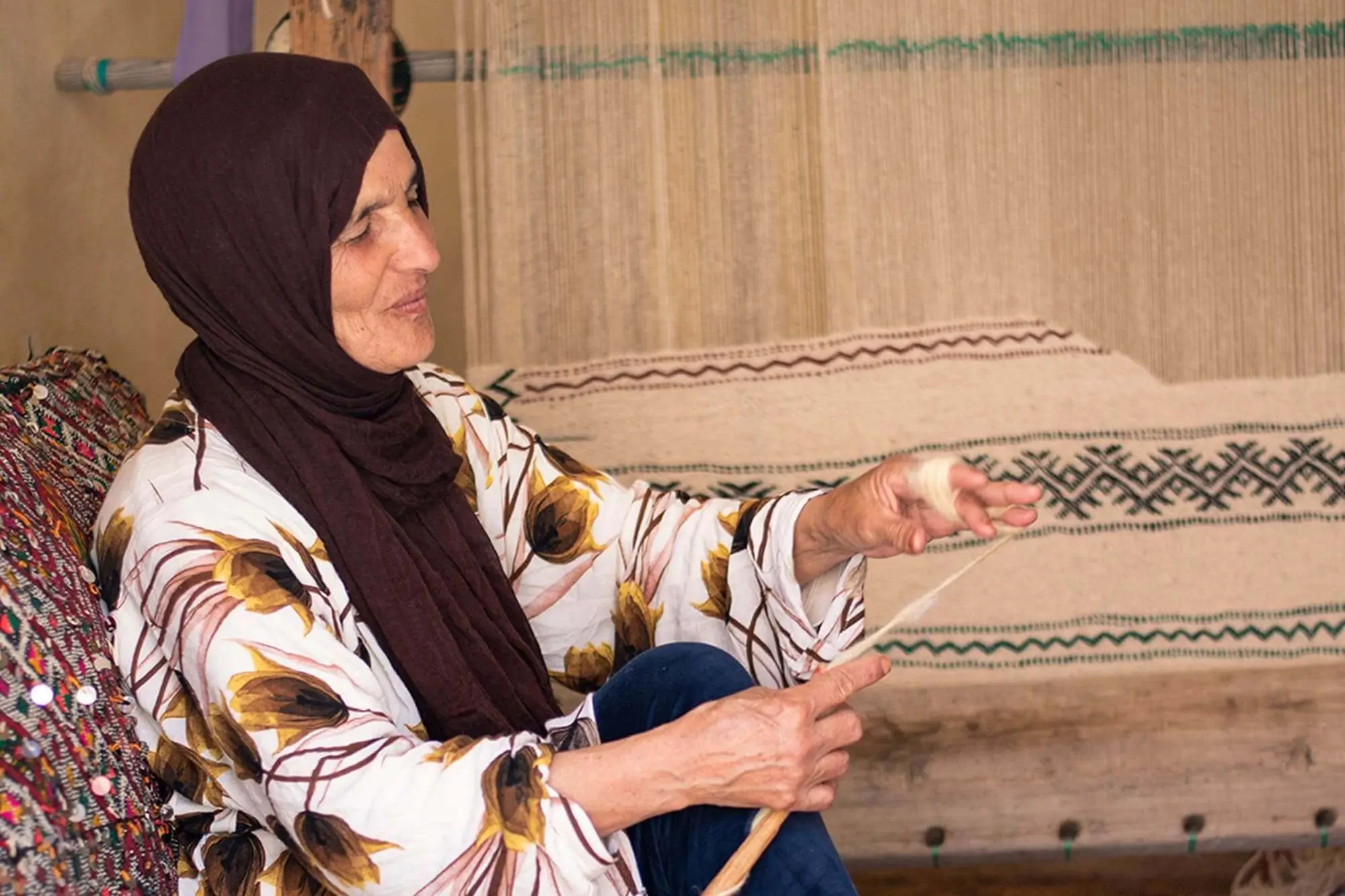
Investing in authentic Moroccan rugs is also a commitment to ethical craftsmanship. Artisan cooperatives across Morocco depend on rug-making as a vital source of livelihood—particularly for women in rural areas.
Though synthetic dyes are commonly used today, many producers continue to rely on hand-spun wool and traditional low-impact weaving practices. These conscious methods align with the values of sustainability, cultural preservation, and community support—principles embraced by thoughtful homeowners and hospitality designers alike.
Learn more about ethical sourcing of Moroccan rugs.
Curating a Personal Collection
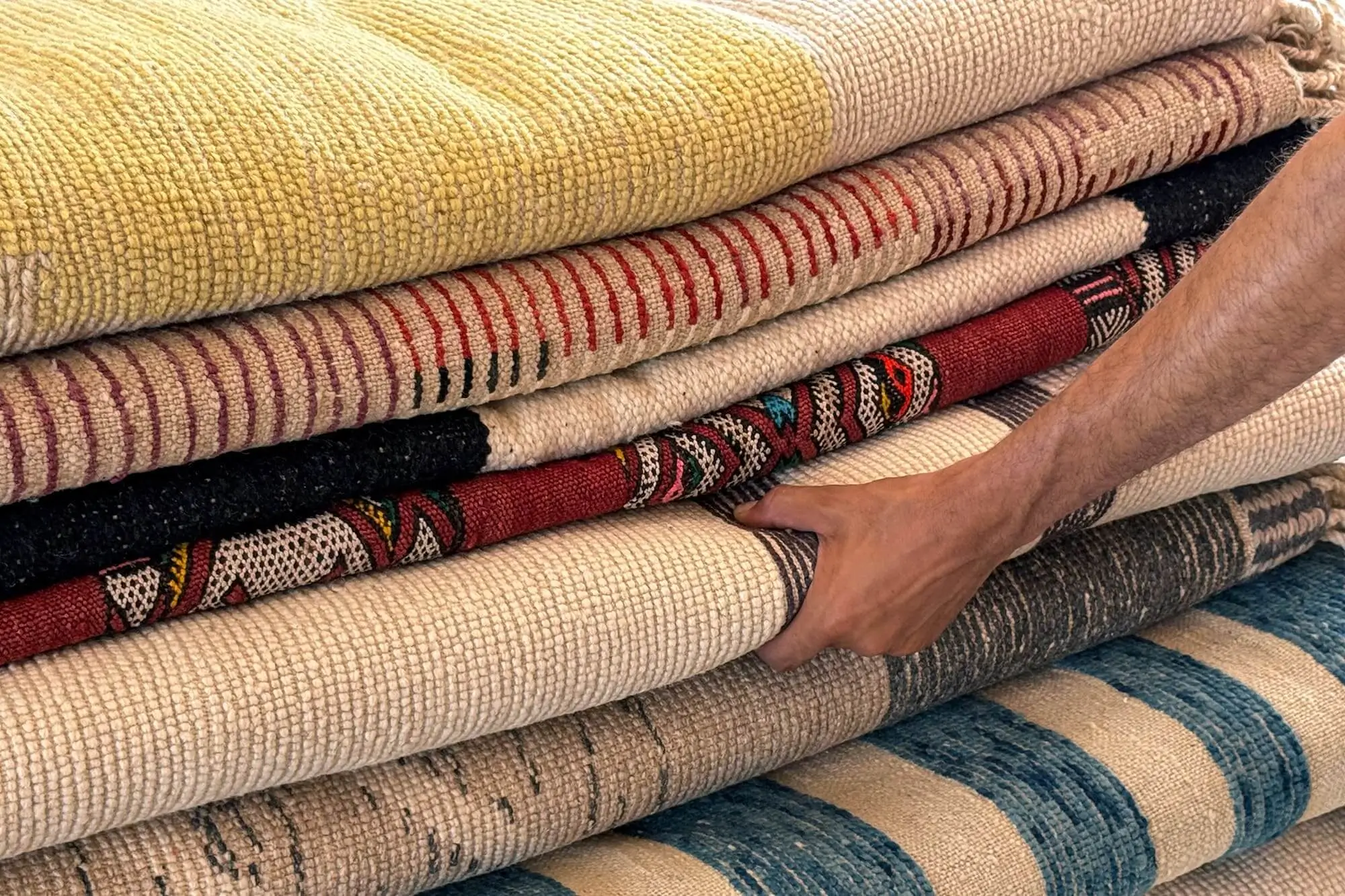
For collectors and design aficionados, curating a selection of Moroccan handmade rugs is an act of passion and purpose. Each piece carries a sense of discovery—its origin, meaning, and maker’s touch enriching the ambiance of any space.
Whether it’s a vintage treasure with storied patina or a modern work from a new generation of weavers, a Moroccan rug can elevate interiors with a quiet sense of depth and legacy.
Collecting Guide to Moroccan handmade rugs
Conclusion: A Legacy to be Lived with
To embrace the Heritage of Handmade Moroccan Rugs is to welcome more than a design object, it is to inherit a living tradition. Each rug bridges generations, connecting maker and owner, Morocco and the world.
By supporting artisan communities and weaving their stories into your space, you help ensure this timeless craft continues to thrive.
Shop our collection of handmade Moroccan rugs

